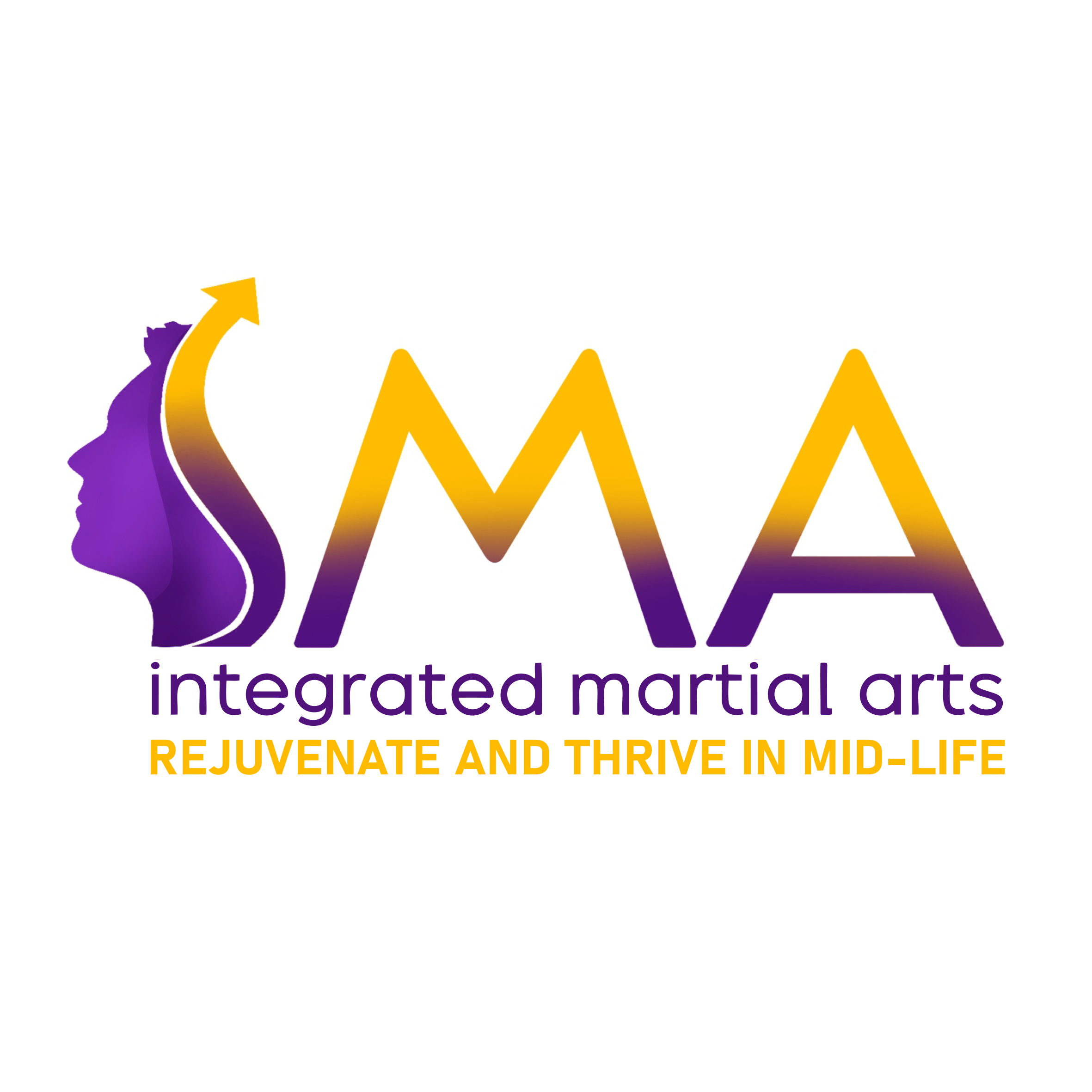For over 2,000 years, martial arts have been more than just methods of combat; they've been a cornerstone of holistic well-being. From the disciplined movements of Kung Fu to the rigorous training of Muay Thai and the strategic depth of Ju-Jitsu, these ancient practices have long understood that true strength lies in the balance of body, mind, and spirit.
While the Western world has only recently begun to embrace the comprehensive benefits of these martial arts, their wisdom has been guiding individuals toward a healthier and more harmonious life for millennia. Beyond self-defense, these traditions offer a pathway to physical vitality, mental clarity, and emotional resilience. As we explore these time-tested practices, we uncover how they can enrich our modern lives, proving that the journey to wellness is as ancient as it is enduring.
In this blog, we will delve into the remarkable ways these martial arts have shaped holistic well-being and how their timeless principles can be applied to enhance our contemporary lives.
Historical Overview of Martial Arts and Wellbeing
Travel back 2,000 years to discover how ancient martial arts laid the groundwork for holistic well-being. In China, Shaolin monks weren’t just perfecting Kung Fu; they were also mastering the art of balancing mind, body, and spirit. Their training combined rigorous physical techniques with meditative practices, proving that true strength comes from inner harmony.
Across the world in Japan, Samurai warriors practiced martial arts with a deep connection to Zen philosophy. Aikido, a product of this tradition, teaches not just combat skills but emotional balance and strategic thinking. Samurai understood that mental clarity and peace were crucial for both battle and everyday life.
In Thailand, Muay Thai fighters used their entire bodies in training, developing not only physical toughness but also mental resilience. The focus wasn’t just on fighting skills but on maintaining composure under pressure, highlighting how mental toughness and physical conditioning go hand in hand.
These ancient martial arts have provided over 2,000 years of evidence supporting their benefits for well-being. Their practices have stood the test of time, proving that integrating mind, body, and spirit is essential for achieving a balanced and fulfilling life.
The Holistic Approach of Traditional Martial Arts
The beauty of martial arts lies in their holistic nature. Each martial art contributes something unique to the balance of mind, body, and spirit, emphasizing the interconnectedness of physical, mental, and emotional well-being.
1. Kung Fu: Harmonizing Mind, Body, and Spirit
Kung Fu is often seen as one of the most comprehensive martial arts due to its deep focus on harmonizing the mind, body, and spirit. While it includes powerful techniques for self-defense, Kung Fu places a strong emphasis on mindfulness and inner peace. Through practices like Tai Chi and Qigong, practitioners learn to control their breath and focus their minds, fostering a sense of calm and clarity that extends beyond the training space.
Physically, Kung Fu enhances muscular strength, joint flexibility, and endurance through its dynamic and often flowing movements. Mentally, it teaches focus and mindfulness, reducing stress and promoting mental clarity. Emotionally, the combination of movement and meditation helps practitioners regulate their emotions and remain calm in their daily lives.
2. Muay Thai: The Art of Physical Conditioning and Mental Resilience
Muay Thai, known as the "art of eight limbs," is famous for its intense physical demands and the resilience it builds in practitioners. Its training involves powerful strikes that develop endurance, muscle tone, and core strength, alongside a mental toughness that is essential in high-stress situations.
Beyond its physical conditioning, Muay Thai builds mental resilience by teaching practitioners how to stay calm and focused, even in the heat of a sparring session. This resilience extends to everyday life, helping individuals handle stress and anxiety with greater composure. As practitioners advance, they also gain confidence in their physical abilities and mental fortitude, contributing to a more empowered sense of self.
3. Ju-Jitsu: Efficiency, Adaptability, and Cognitive Health
Ju-Jitsu is a martial art that focuses on using leverage and technique over brute strength, making it an art that fosters efficiency and adaptability. It is as much a mental exercise as it is a physical one, requiring practitioners to think strategically and adapt quickly to changing situations.
Physically, ju-jitsu enhances flexibility, coordination, and agility. Mentally, it hones critical thinking and sharpens cognitive abilities, helping practitioners assess situations and make quick decisions under pressure. This adaptability reduces stress and teaches practitioners to manage both their emotions and bodies in challenging circumstances.
4. Karate: Strength, Discipline, and Mindfulness
Karate, which originated in Okinawa, Japan, is a martial art that places a strong emphasis on discipline, self-control, and mindfulness. Its repetitive, powerful techniques and strong stances help practitioners build physical strength and endurance while simultaneously fostering mental discipline.
The rigorous training involved in Karate sharpens mental focus, teaching individuals to remain calm and composed even in the face of challenges. Many Karate schools incorporate meditation and breathing exercises into their routines, helping practitioners cultivate mindfulness and stay present in the moment.
5. Aikido: Harmony and Emotional Balance
Aikido, developed by Morihei Ueshiba, is often called the martial art of peace due to its philosophy of non-aggression and harmony. Rather than focusing on overpowering an opponent, Aikido teaches practitioners to neutralize attacks by blending with the energy of the opponent.
Physically, Aikido improves coordination, flexibility, and balance, promoting graceful movement. Emotionally, its philosophy of non-aggression fosters a peaceful mindset and emotional stability. In life, this helps practitioners resolve conflicts with patience and calmness, making Aikido a powerful practice for maintaining emotional balance in stressful environments.
Western Recognition and Modern Integration
In recent decades, martial arts have gained significant recognition in the West, shifting from their traditional roles into integral components of modern wellness practices. Initially seen as combat techniques or sports, martial arts are now celebrated for their comprehensive benefits, influencing contemporary approaches to health and well-being.
Brazilian Jiu-Jitsu (BJJ), once known primarily for its self-defense applications, is now a staple in Western fitness and mental health communities. Its focus on technique and leverage rather than brute strength helps practitioners develop both physical endurance and strategic thinking, which are now increasingly valued in high-stress environments.
Capoeira, a Brazilian martial art that combines dance, acrobatics, and music, has found a place in modern fitness routines and community wellness programs. Its emphasis on rhythm, flexibility, and social interaction fosters physical health and emotional well-being, showing how martial arts can integrate cultural and social elements into personal wellness.
Krav Maga, originally developed for practical self-defense, is now incorporated into personal safety workshops and resilience training. Its emphasis on real-world applicability and mental toughness helps individuals manage stress and build confidence, demonstrating how martial arts adapt to meet modern needs.
These examples highlight the shift in Western perception, where martial arts are increasingly recognized not just for their physical aspects but for their holistic benefits, making them a valuable addition to contemporary wellness practices.
Practical Benefits for Today’s Professionals
Martial arts are fantastic for managing stress. Practices like Tai Chi can help you regain calm and focus, making you more effective and relaxed at work. Training in Kickboxing enhances your cardiovascular health and muscle tone, counteracting the physical toll of sitting all day and keeping you energized. The mental discipline from martial arts, such as Judo, sharpens your focus and resilience, equipping you to handle workplace challenges with confidence.
Mastering martial arts techniques, like Karate, builds self-esteem and assertiveness, helping you tackle meetings and negotiations with newfound confidence. Moreover, martial arts can aid in managing common health issues like Diabetes and Arthritis. Aikido’s gentle movements improve flexibility and ease joint pain, promoting overall well-being.
Integrating martial arts into your routine not only boosts physical health but also enhances mental clarity and confidence, leading to a more balanced and successful professional life.
Conclusion
Martial arts aren’t just an ancient tradition; they’re a timeless treasure trove of wisdom for tackling today’s challenges. From enhancing physical health and mental sharpness to building emotional resilience, these practices have been enriching lives for centuries. As Western culture catches on to the holistic benefits of Kung Fu, Muay Thai, Ju Jitsu, Karate, and Aikido, it’s clear that the lessons from these disciplines are more relevant than ever.
So why not take a step towards a more balanced and vibrant life? Dive into the world of martial arts and discover how these ancient practices can transform your well-being today. Whether you're looking to relieve stress, boost your confidence, or improve your health, there's a martial art that can meet your needs.
Ready to experience these benefits for yourself? Through my Integrated Martial Arts (IMA) Method, I offer a holistic approach that rejuvenates physical strength, enhances brain health, and builds mental resilience. Start your journey to a more fulfilling and empowered life. Connect with me today to explore how the IMA Method can integrate seamlessly into your routine and unlock the transformative power of martial arts.
FAQs
1. Can martial arts be practiced at home, or is it necessary to attend a class?
Martial arts can be practiced at home, especially with the help of online tutorials and instructional videos. However, attending classes with a qualified instructor is beneficial for proper technique, safety, and feedback. A combination of home practice and in-person training often provides the best results.
1. How long does it typically take to see the benefits of martial arts practice?
The time it takes to experience the benefits of martial arts can vary depending on the individual and the type of martial art practiced. Generally, you may start to notice improvements in physical fitness, mental clarity, and emotional resilience within a few weeks of regular practice. More significant changes, such as long-term improvements in health and well-being, may take several months to a year of consistent training. It’s important to stay committed and patient, as the holistic benefits of martial arts are cumulative and grow over time.
3. How do I choose the right martial arts school or instructor?
To choose the right martial arts school or instructor, look for one with experienced, certified teachers who emphasize safety and effective teaching methods. Observe a class if possible, check the school’s reputation, and consider personal recommendations. Ensure the instructor's teaching style matches your learning preferences and goals.














